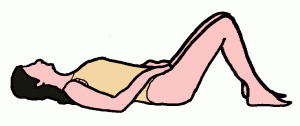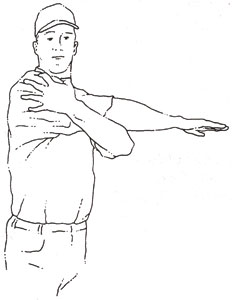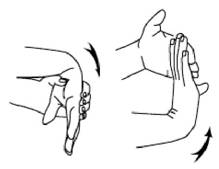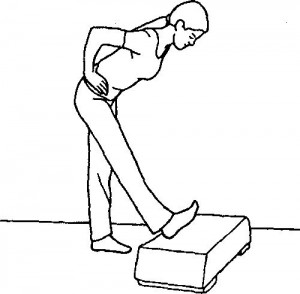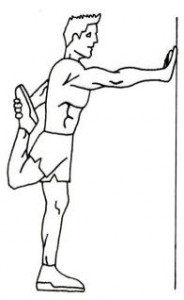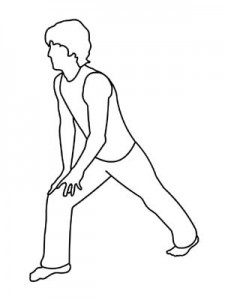How to Maintain Good Sitting Posture at the Computer
We spend a lot of time sitting in front of the computer. Sitting at the computer improperly can lead to injuries at the neck, back, wrist and elbow. Below are guidelines to help maintain good posture while sitting in front of your computer.
- To support the low back while sitting, make sure to sit with your back touching the back of the chair and use a lumbar support. The lumbar support should fill the space in the curve of the low back to avoid pressure on your spine and reduce muscle fatigue in the low back muscles.
- Your feet should sit comfortably, flat on the floor. If they don’t reach the floor, use a footstool. Your hips should be slightly higher that your knees.
- Do not twist or reach while you are using the computer and make sure your work is in front of your body. Your wrists should be straight and avoid using a wrist rest. A wrist rest tends to put a strain on the neck and shoulders because it elevates the height of your wrist from the table surface. Your keyboard should be at elbow level and you want your elbows and upper arms resting close to your body.
- The computer monitor should be an arms length distance away from you (about 20 inches). Your eyes should be in line with a point on the screen 2-3 inches below the top of the monitor. Research suggests that having the center of the screen 17.5 degrees below eye level is optimal for neck alignment and for reducing glare.
- Try to take breaks from sitting because being in one position for too long can stiffen muscles. A couple of exercises you can do during the day to prevent neck stiffness includes: rolling the shoulders forward and backward, gently rotating your head, and side bending your head to stretch the neck muscles.

